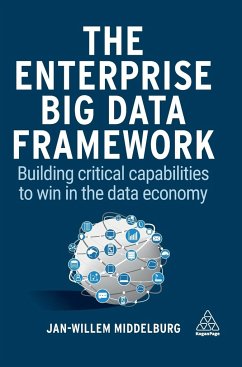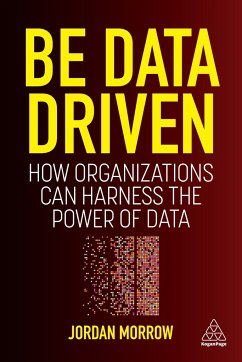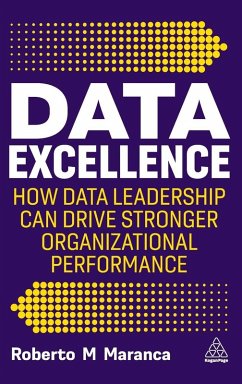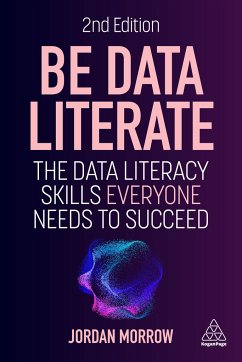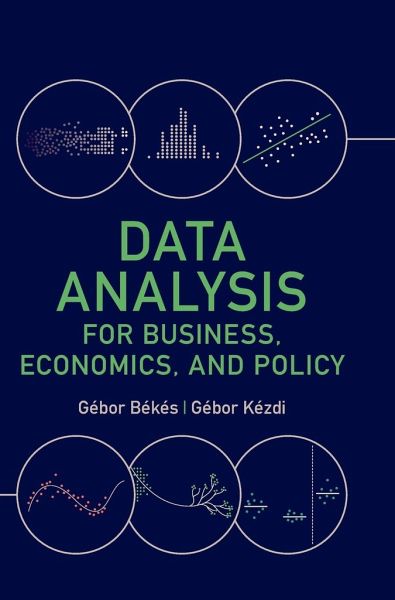
Data Analysis for Business, Economics, and Policy
Versandkostenfrei!
Versandfertig in 1-2 Wochen
207,99 €
inkl. MwSt.
Weitere Ausgaben:

PAYBACK Punkte
104 °P sammeln!
Equips future data analysts with the skills they need to answer questions in business, economics, and public policy. Covering methods of exploratory, predictive, and causal analysis, it includes case studies that use real-world data and related data exercises supported by code (Stata, R, Python) and data available online.





